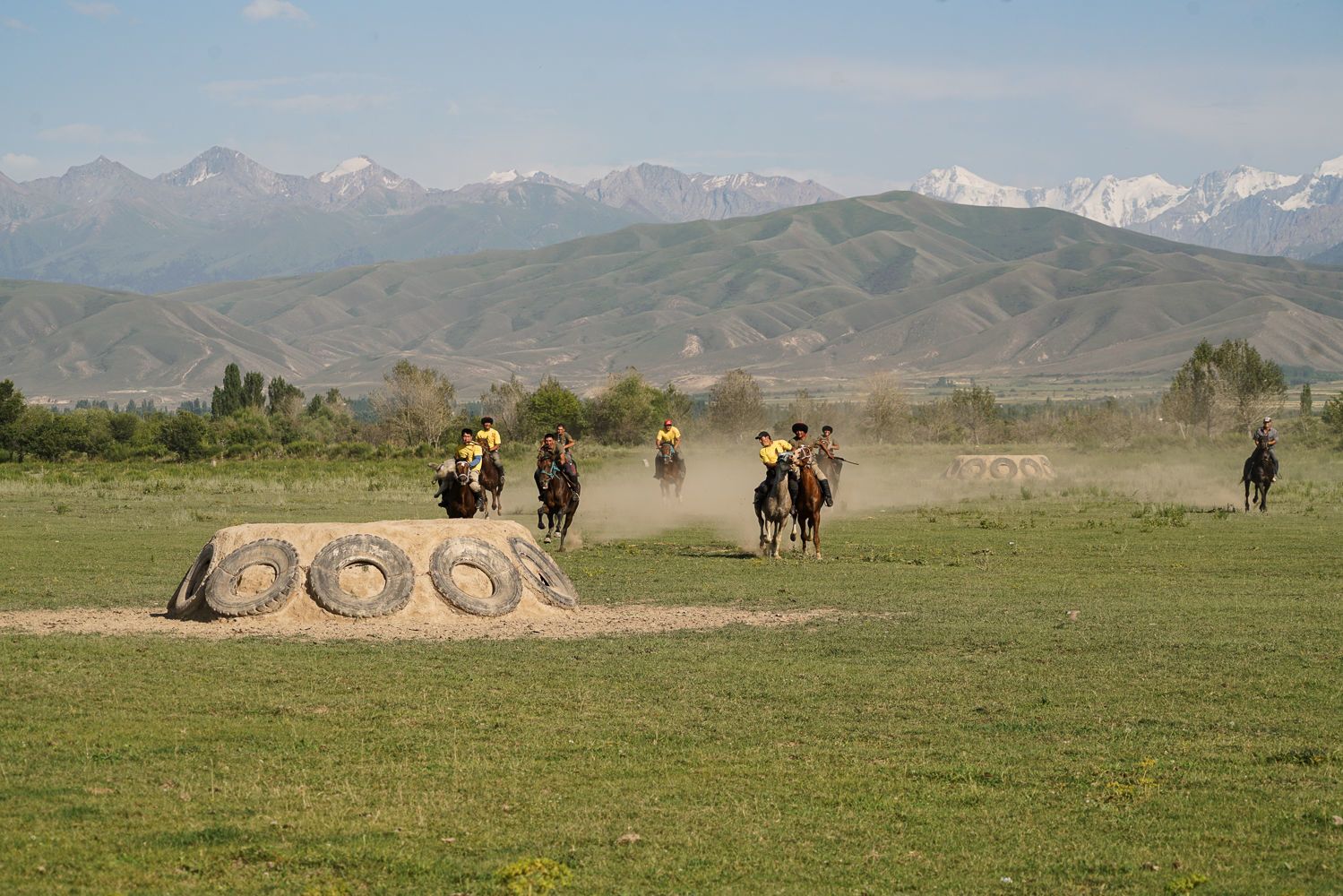Horses in Central Asia
Horses have played an essential role in nomadic life from ancient times up until the present day. The question of who was responsible for the initial domestication of horses is a hotly debated topic. One theory suggests that Eurasian nomads from the Botai culture, which flourished in what’s now Northern Kazakhstan, were the first people in the world to domesticate horses. New archaeological evidence from 2009 confirms this. Traces of horse milk were found in vessels dating from around 3500BC and horse bones have also been excavated in the same area. The development of horsemanship was one of the turning points in human civilization as it enabled people to travel, to explore and be fast. Soon afterward, horse riding had spread all over the Eurasian continent.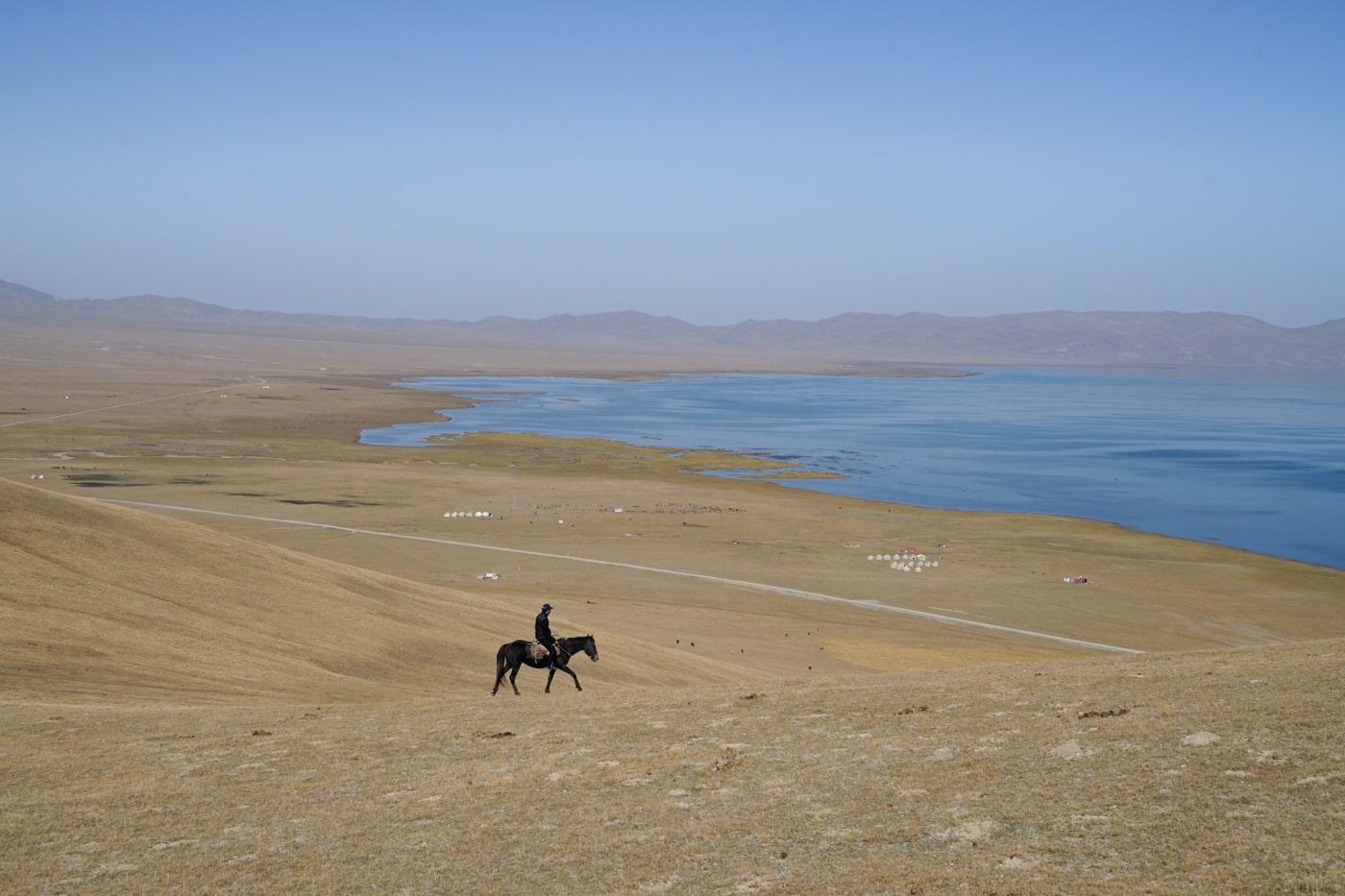
Horses of Central Asia & the Silk Road
The nomads of Central Asia had the best horses, bred for endurance. This didn’t go unnoticed by the Chinese who wished to trade. This would be the beginning of the ancient Silk Road trading route. The Chinese people particularly admired the horses that were found in the Tian Shan mountains and the Fergana Valley. They were taller, stronger and thus more suitable for military purposes. Settled agricultural societies did not have either the experience or vast land required to grow nutritious grass to breed decent stock. The horses bred in the mountains were resistant to changes in weather, could adapt to high altitudes and were able to cover large distances. Central Asian horses became a status symbol for Chinese governors, exchanged for the rare silk which soon became a similar symbol for the nomad rulers. Thus, there was a need for trade, which had previously been difficult between settled people and the rival groups of nomads.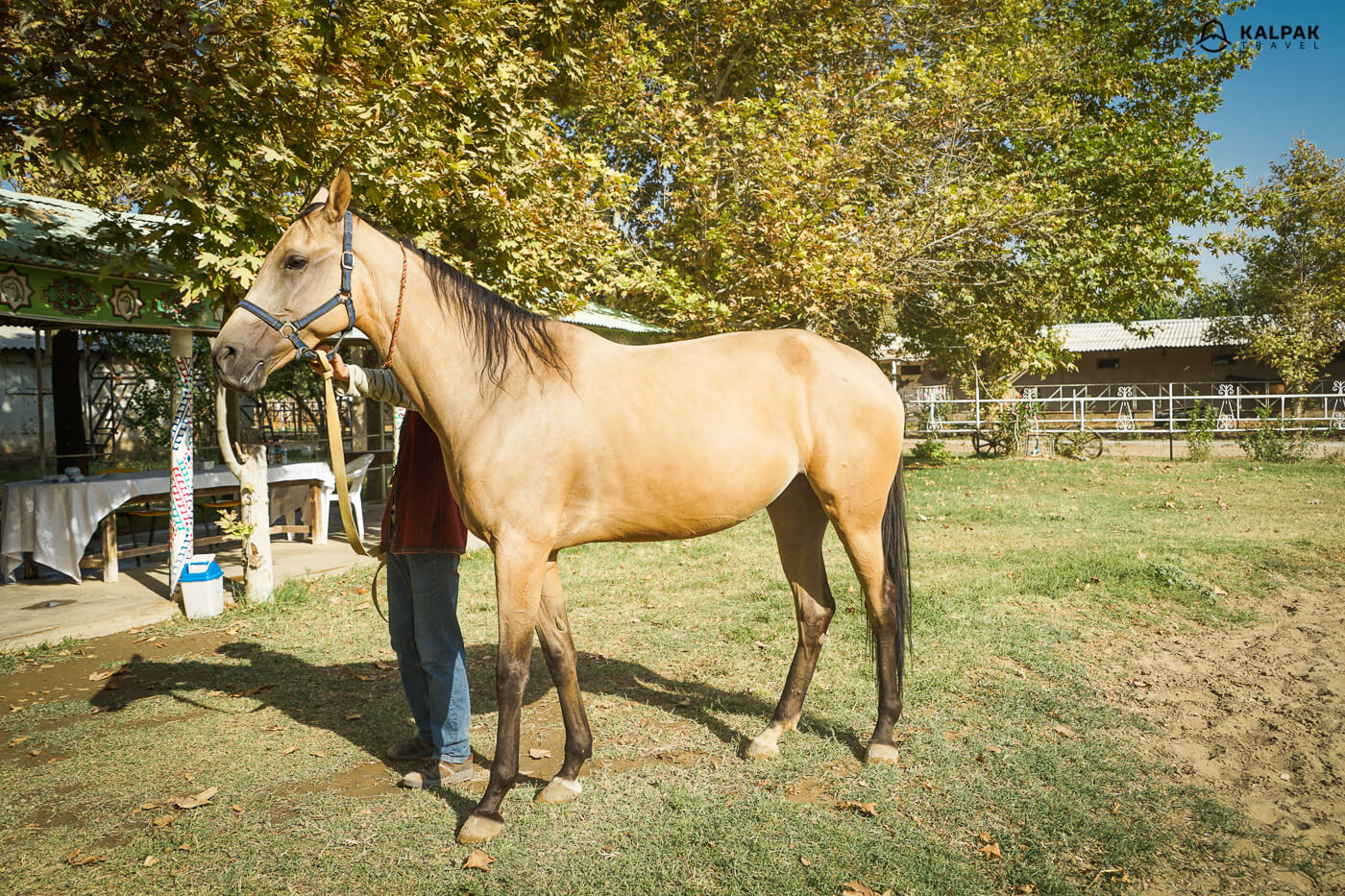
Horse riding in nomadic culture
Since then horses haven’t lost their importance in the life of nomads of Central Asia. Today, such traditions can be best experienced in modern Kyrgyzstan, in its Tian Shan mountains and Fergana Valley. For the nomads, a horse was an indispensable helper and loyal companion. Even in the mythology of Kyrgyz people, each national hero has his trusty horse, riding with its owner through the country’s valleys, mountains, and rivers. In the center of Bishkek, you can see a statue of the national hero Manas astride his horse Akkula.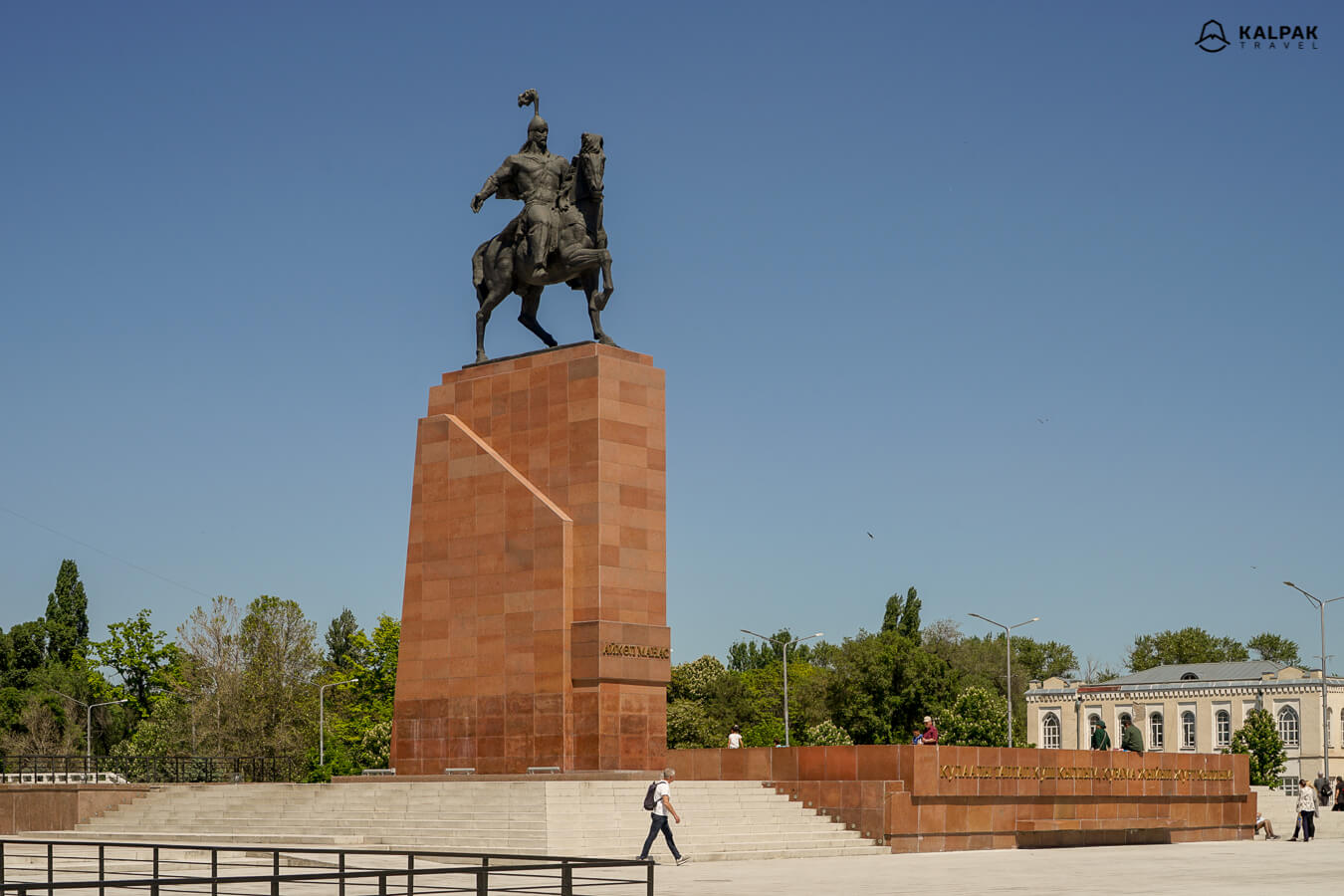
Horse Riding in Kyrgyzstan
Today, Kyrgyz games play an important role in the life of the country’s riders, both professional and amateur. In the villages and mountains of Kyrgyzstan, babies learn to sit in the saddle before they can walk. This means that they have close contact with the animal world from infancy. As they grow up, Kyrgyz men master the skill of riding. Once a rider has developed a mutual understanding with his horse, he can go to more advanced techniques such as performing tricks on horseback.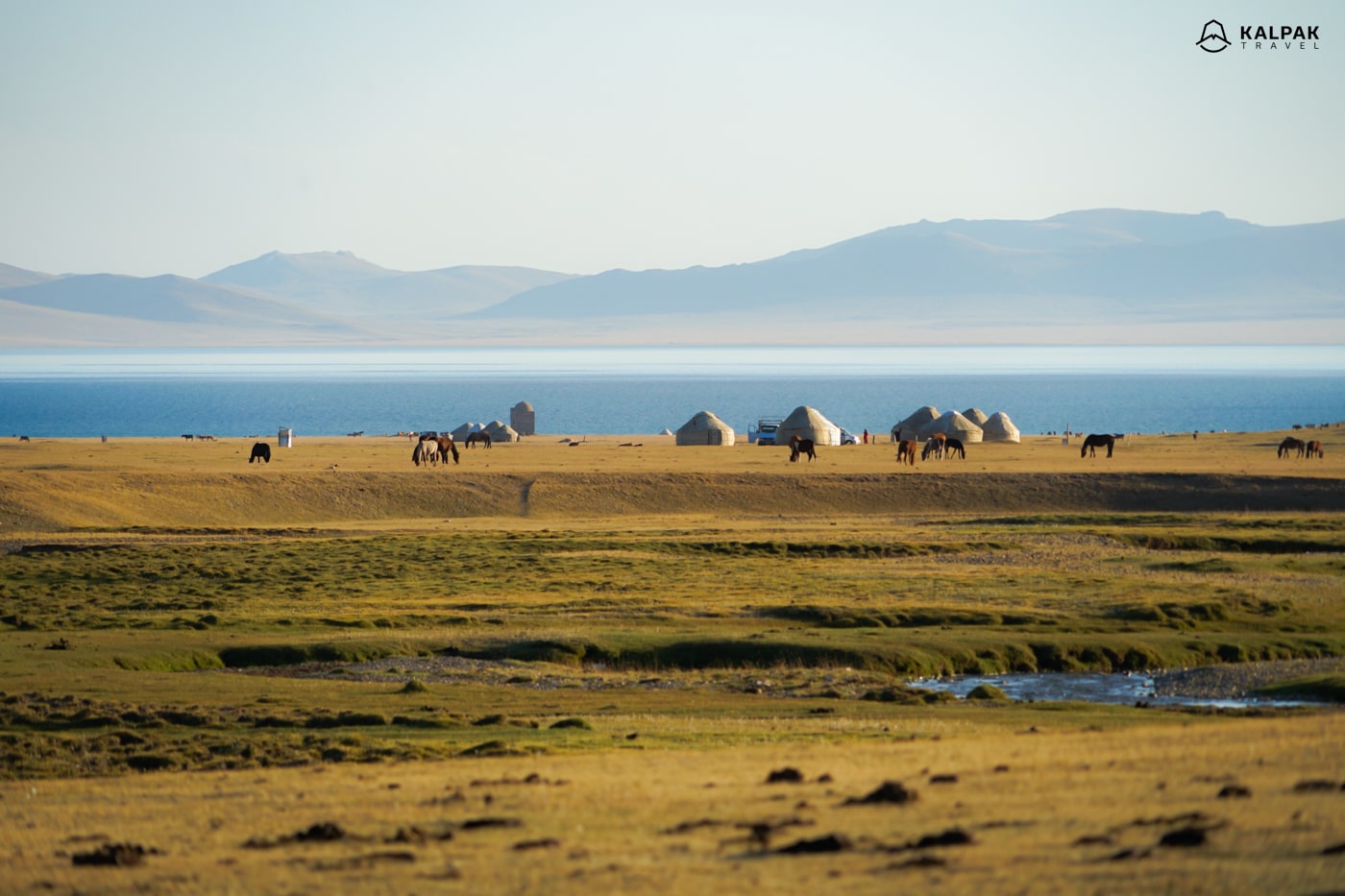
The functions of a Kyrgyz horse were simple and essential at the same time: a vehicle; loyal friend and assistant; a precious gift along with other precious metals. To give a horse as a present was the equivalent of handing over the keys to an expensive car. Since ancient times, a very good horse would be exchanged for several hundred sheep. But other than that, a horse is an integral part of Kyrgyz national games and competitions. Nomads can demonstrate their own skills as well as the horses’ strength.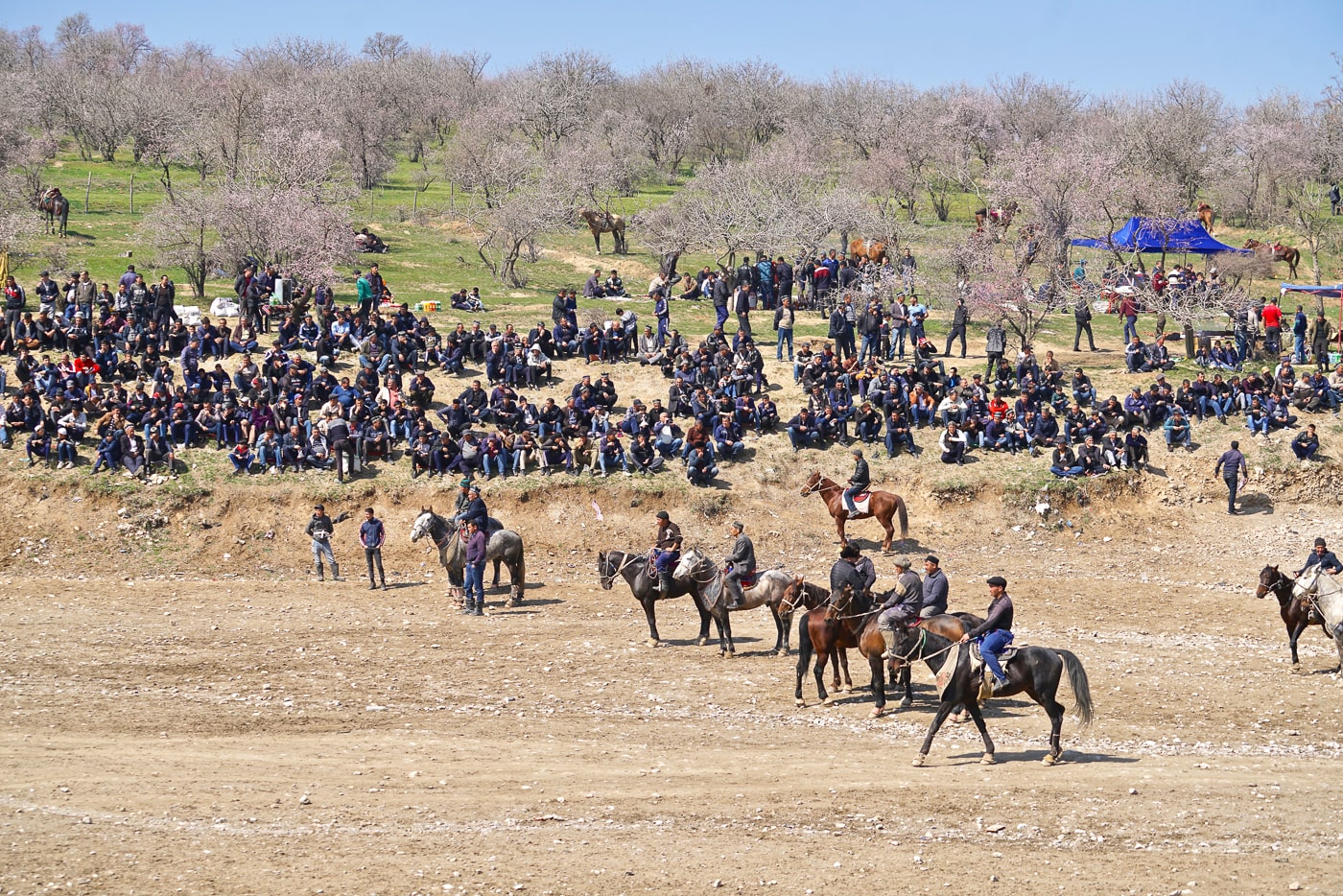
Horse games
In Kyrgyzstan today, there are a number of big celebrations and public shows involving horsemanship. They’re a lot of fun, whether you’re local or a visitor. For example, horse races known as “Al-Chabysh” are one of the ancient Kyrgyz equestrian sports. Selected participants, judges and spectators gather. Experts judge the horses on such characteristics as their size, condition, and strength. And these are no short sprints: a typical race can be over a distance of 100km.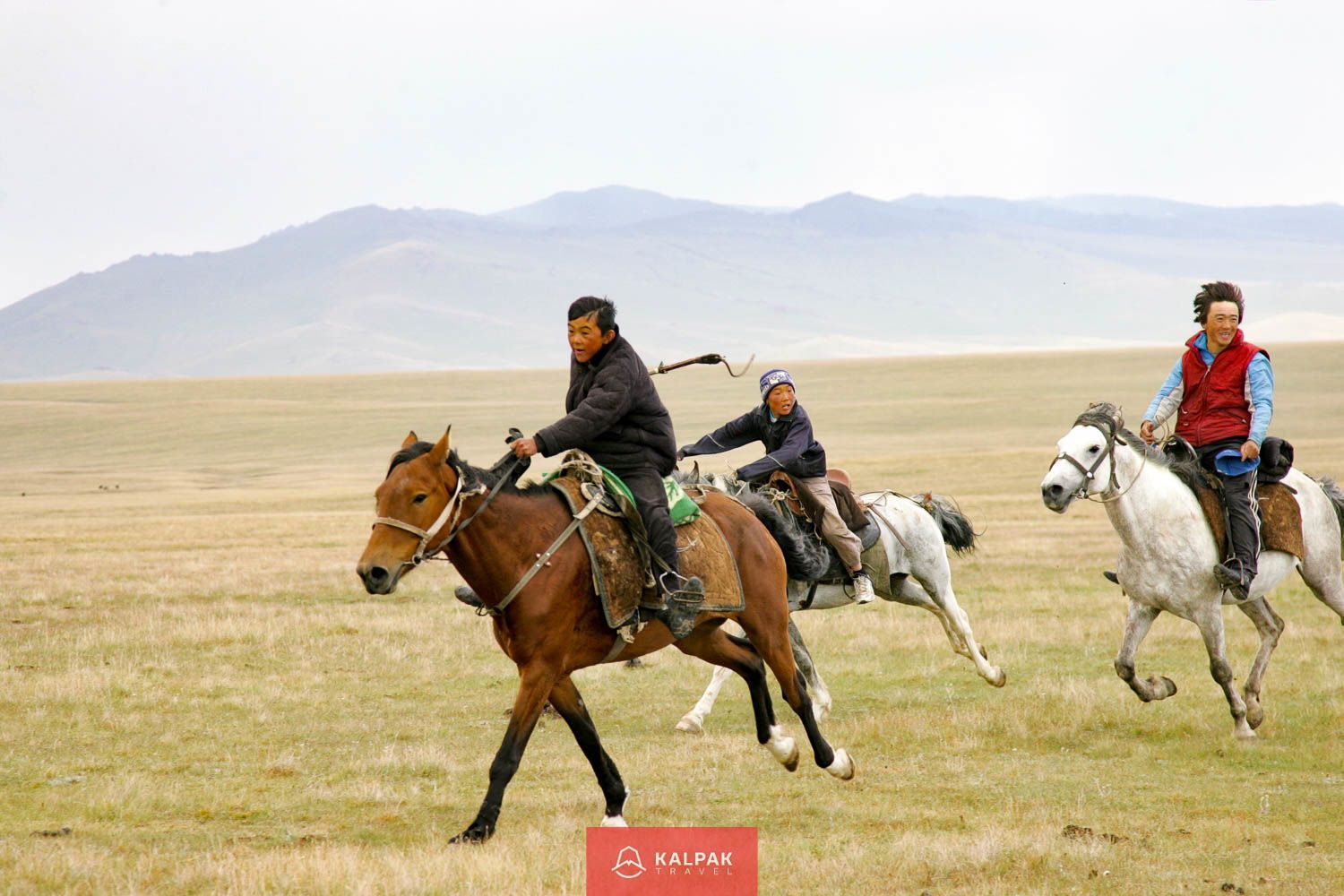
Kyz Kuumai
You could be forgiven for thinking that horse riding in Kyrgyzstan is a male-dominated pursuit, but that isn’t so. A case in point is the ritual known as “Kyz Kuumai”. It takes place before a wedding when the bride and groom both saddle up, the bride taking the best horse in the herd. The groom has to catch up before reaching a designated finish line. Only if he is successful is he deemed worthy of the honor of calling her his wife. If he fails, the bride to be will hit her fiance with a whip; of course these days it’s only for show and no one gets hurt.
Kok Boru
The most famous Kyrgyz horse game is “Kok boru”, sometimes known as Ulak Tartysh or grey wolf. The name comes from the game’s origins. In the past, an attacking wolf would be thrown from the herd by the bravest and strongest of men. It evolved into a game and a goat carcass, minus head and hooves, was substituted for a wolf. The goal is to bring the carcass into an outlined area called the “mara”. The game is played with two teams of two or three people, who take their positions on opposite sides of the field as in football. At the signal, one of the team’s riders should have time to “grab” the carcass and carry it into the “gate” of the enemy within the allotted time, usually about fifteen minutes. But of course, it isn’t as easy as it sounds to pick up a 40kg carcass off the ground whilst remaining seated on horseback!
At Chabysh
Such festivities are held even today. Annually, since 2005, the “Al-Chabysh” horse races have been held in Kyrgyzstan. Other large-scale events, such as the World Nomad Game, held since 2014, also include horse-related competitions.
If you would like to try horse riding – join one of our Kyrgyzstan tours or get in touch with us to organize your private horse riding tour




